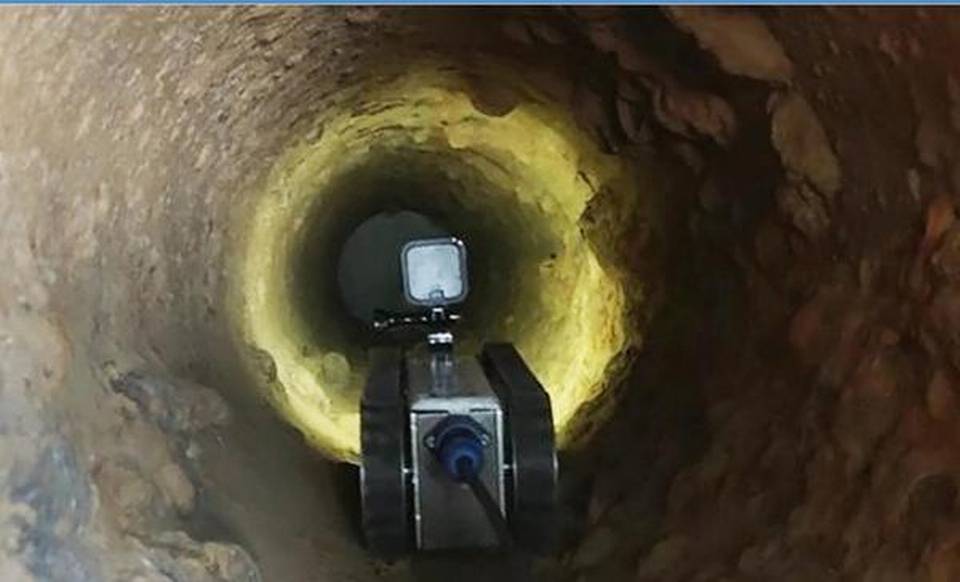
Endobot is a low-cost solution to identify faults and stealthy connections
At a time when water scarcity pervades many urban centres, it is important to ensure that water being transported through pipes is not lost through leakages. In an attempt to address this issue, researchers from IIT Madras have developed a robot to check pipelines for leaks and other faults. Named Endobot, this robot is to be marketed by an IIT Madras incubated startup, Solinas Integrity, founded by the researchers.
Quite often, pipes that transport water suffer from low maintenance and neglect which causes them to develop leakages. These often go unnoticed except when the water seeps to the surface. Periodically, water pipelines are dug up, and this may bring leaks to notice, but this is left to chance and is a costly process at best. Water is also lost through connections that have not been sanctioned officially. Endobot is presented as a solution that can identify these faults and stealthy connections, at a low cost.
The electrically-powered robot looks like a small tank, runs within the pipe on four wheels connected using a conveyor belt. It is tethered to the entry point outside the pipe. This construction allows it to run over tough terrain within the pipe without stalling. “Endobot is about 6 inches high and can study any pipe having a diameter more than 8 inches. Since water pipes typically have an inner diameter of at least 15 inches, it suits the purpose well,” says Prabhu Rajagopal from the Centre for Nondestructive Evaluation in IIT Madras, where the robot was developed. He is also a non-executive director of the company.
“As the robot, which is electrically powered, runs through the pipes at about 15 cm per second, it captures videos and transmits a live feed to the base at the entry point. It also uses laser-based techniques to examine the pipes as it moves,” explains Vishwa Sai Prathyusha, who is the Chief Technology Officer of the company and alumna of IIT Madras. These feeds are conveyed to the user’s computer and may be analysed later using software developed by the team.
“Of course, the robot has noteworthy features, but also the software and tools for analysis developed by our team give us a major advantage over competition,” adds Ms Prathyusha.
Additional sensors
Any technology goes through phases of development and Endobot is no exception. “As a next step, we plan to add more sensors – ultrasonic and electromagnetic – which can help us find out whether the pipes develop corrosion or cracks on the outer side,” says Krishnan Balasubramanian, a director of the company. He is a chair professor in the Mechanical Engineering department of IIT Madras and head of the Centre for Nondestructive Evaluation.
“As of now, not many people are working on such small robots,” says Prof. Rajagopal. He acknowledges, however, that there is competition at an international level. “Having small robots is a novelty even there, and open source electronics is driving this here,” he adds. So while such robots may not be out of reach of international companies, they still have not focused on such solutions. “Recently, the Indian government and corporations and municipalities are increasingly looking at outsourcing operation and management of water resources to private players, and we are in a sort of Goldilocks zone,” says Prof. Rajagopal.
The team has already completed one set of trials within IIT Madras campus, where many pipes and installations are nearly 40 years old. They are now in talks with various urban corporations to allow them to try out the robot. Some municipalities have expressed interest in pilot studies using the robot.
source: http://www.thehindu.com / The Hindu / Home> Sci-Tech> Science / by Shuhashree Desikan / May 04th, 2019